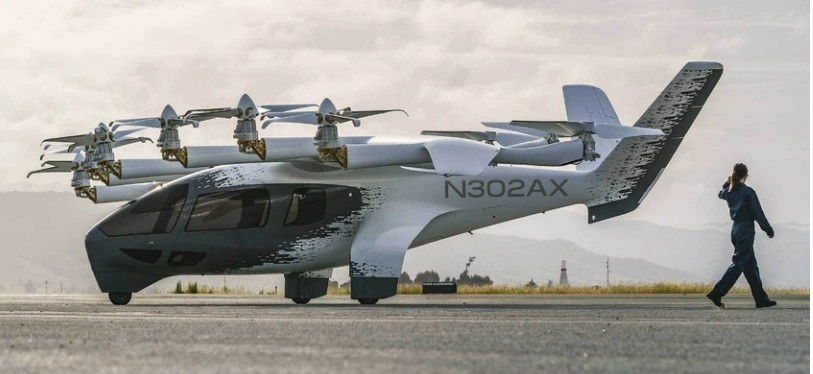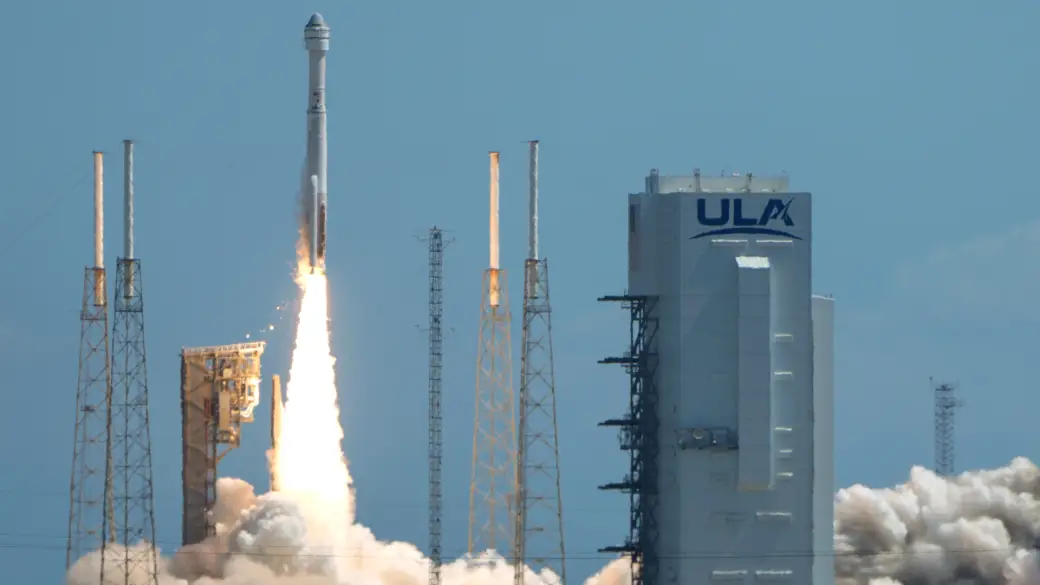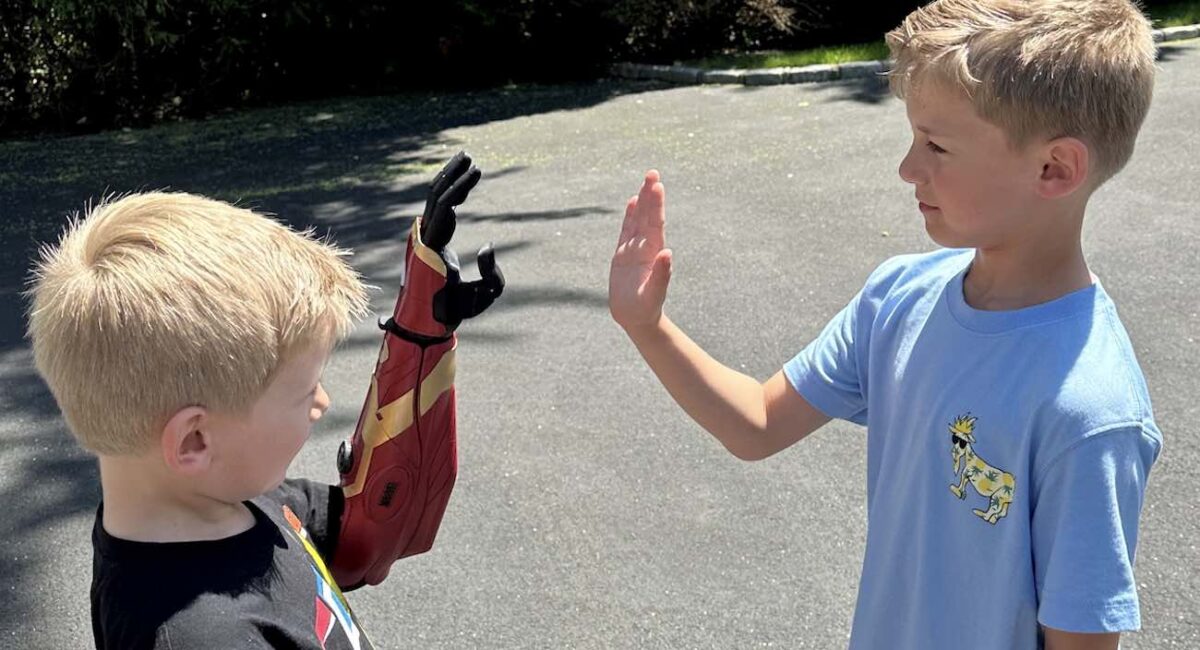FAA Certifies First Air Taxi
The Federal Aviation Administration (FAA) has granted Archer Aviation a crucial certification, moving the electric air taxi maker closer to flying travelers.
Archer is developing electric vertical takeoff and landing aircraft, or eVTOLs, and won orders and backing from United Airlines in 2021.
Airlines have been investing in or ordering eVTOL aircraft, which take off and land vertically like helicopters. For instance, United Airlines envisions passengers using them for trips to and from airports in major cities, such as between Manhattan and United’s hub in Newark, New Jersey.
Related article: Flying Cars… Sort Of
“Today we have received the Part 135 certification, which allows us to effectively become an airline so we can carry passengers,” Archer CEO Adam Goldstein told CNBC.

The certification process took Archer about two years, during which they submitted over 2,000 pages of documents and 14 manuals outlining operational procedures, training, and maintenance.
Archer now needs to get its four-passenger aircraft, called “Midnight,” certified by the FAA. Goldstein mentioned that the company is currently working on this, with the possibility of air taxis entering service as early as next year. While he couldn’t provide an exact timeframe, he noted that Archer’s aircraft are much simpler with far fewer components than commercial jets, which might expedite the certification process.
Related: The Future of Flying
Archer’s demonstrator aircraft, Maker, can fly up to 60 miles at top speeds of 150 mph. The company’s Midnight aircraft, the bigger of the two, has a range of 100 miles, although Archer plans to use it primarily for shorter distances.
Here are two videos showing off their two models:




